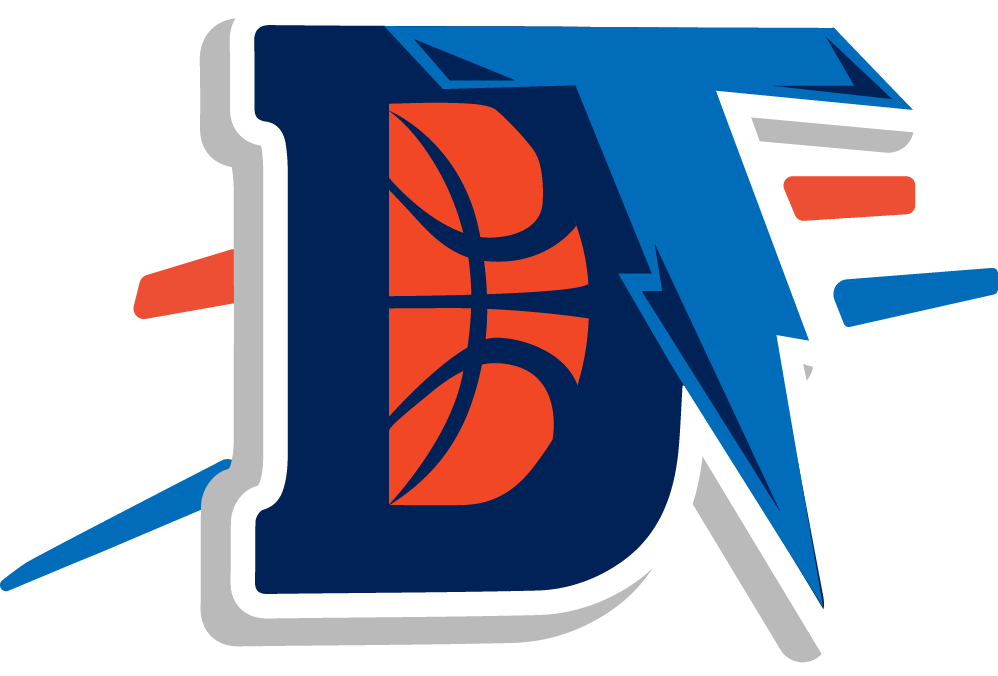Thoughts on our shooting guards – Part 1
I was thinking recently how similar Desmond Mason, Kyle Weaver and T-Bone Selofosha are in physical stature and then the thinking branched out into some similarities in their style of play. They are all within an inch or so in height (variously listed between 6’5″ and 6’7″) at around 6’6″, and all having skinny frames. Desmond is probably the bulkiest, but would still be considered thin. They all can play multiple positions and have a reputation for being above average defenders. None of them however possesses much of a jumpshot. These however are the guys that Presti has assembled at the shooting guard position.
I thought I would take a look at how these guys stack up so far and what direction the team might go with the position going forward.
First, here are Kyle Weaver’s averages so far this season as a backup wing coming off the bench:
G Min fg% 3fg% ft% stl blk ass rebs to pf pts9 13.1 51% 40% 67% .4 .2 1.9 1.8 1.0 1.0 3.2
Based on Kyle’s numbers backing up the wing in limited minutes it seemed like a good bet that he might prosper playing alongside the starters when Desmond went down a few weeks ago. Per minute statistics usually correlate well when they are extrapolated out. Unfortunately for Kyle and the Thunder, here are his numbers so far as a starter:
G Min fg% 3fg% ft% stl blk ass rebs to pf pts9 29.6 32.7 18.2 100 .9 .7 2.1 3.0 1.1 2.8 4.6
Kyle’s overall production has increased with his increased minutes, but his shooting percentages have fallen off a cliff. If you break that down into a metric, Kyle’s Win Score per 48 minutes looks like this:
Off the bench Win Score/48: 8.24
As a starter Win Score/48: 1.79
NBA Shooting guard average win score/48: 6.20.
Kyle went from being an above average NBA bench player (on a per 48 minutes basis) to a very below average starter. It’s sort of an interesting dynamic. On one hand when Kyle is coming off the bench he is usually facing the other teams bench players. Here he seems like a nice fit. He plays defense, hit some shots and basically kept the team rolling at that position while the better players got a breather. On the other hand, you might think that when placed alongside better players like Jeff Green, Westbrook and Durant, that the opponent’s focus would be on them and Kyle would be able to “get his” by sort of being the invisible man. Apparently not. It’s a double edged sword. Now instead of matching up against some lesser known on the bench, he has to guard Kobe Bryant (as he did last week) and Bryant is of course matching up with his on the other side.
The only statistic that attempts to allow for the defensive abilities of a player is the adujusted +/-. Here, Kyle has a + .64, one of only three players on the team who is positive. The adjusted +/- encompasses all of his minutes as a starter or bench player. On that basis Kyle seems to still be earning his pay. Another way to look at a player’s value is with on/off numbers. When Kyle has been on the court the Thunder have been slightly outscored (a little over 2 points per 10o possessions), but when he is off the court the Thunder have been outscored by 7.39 points per 100. Kyle has made a difference overall when he is in the game.
Tomorrow I will stack up his game against Desmond Mason’s and see how he fares. Any guesses?
